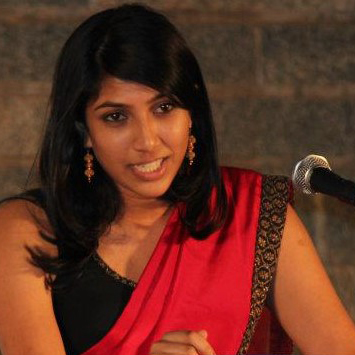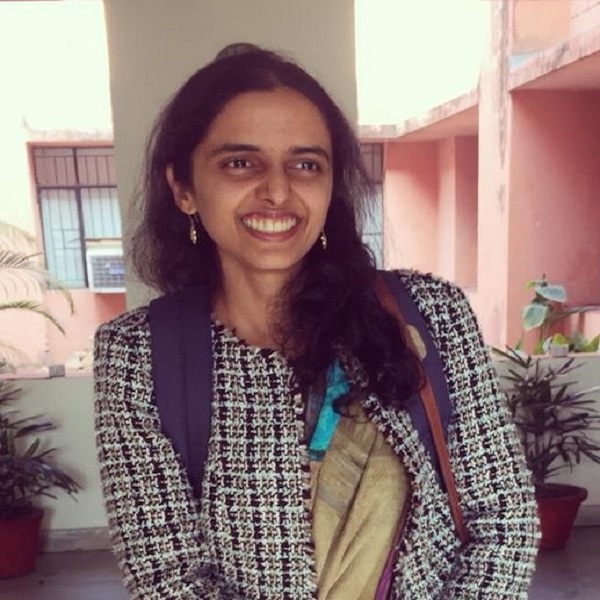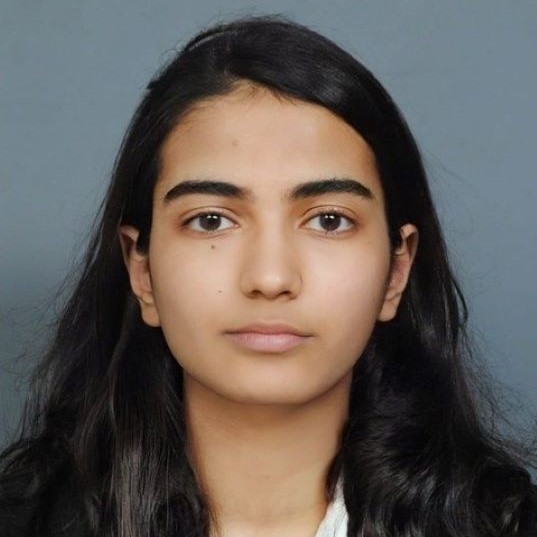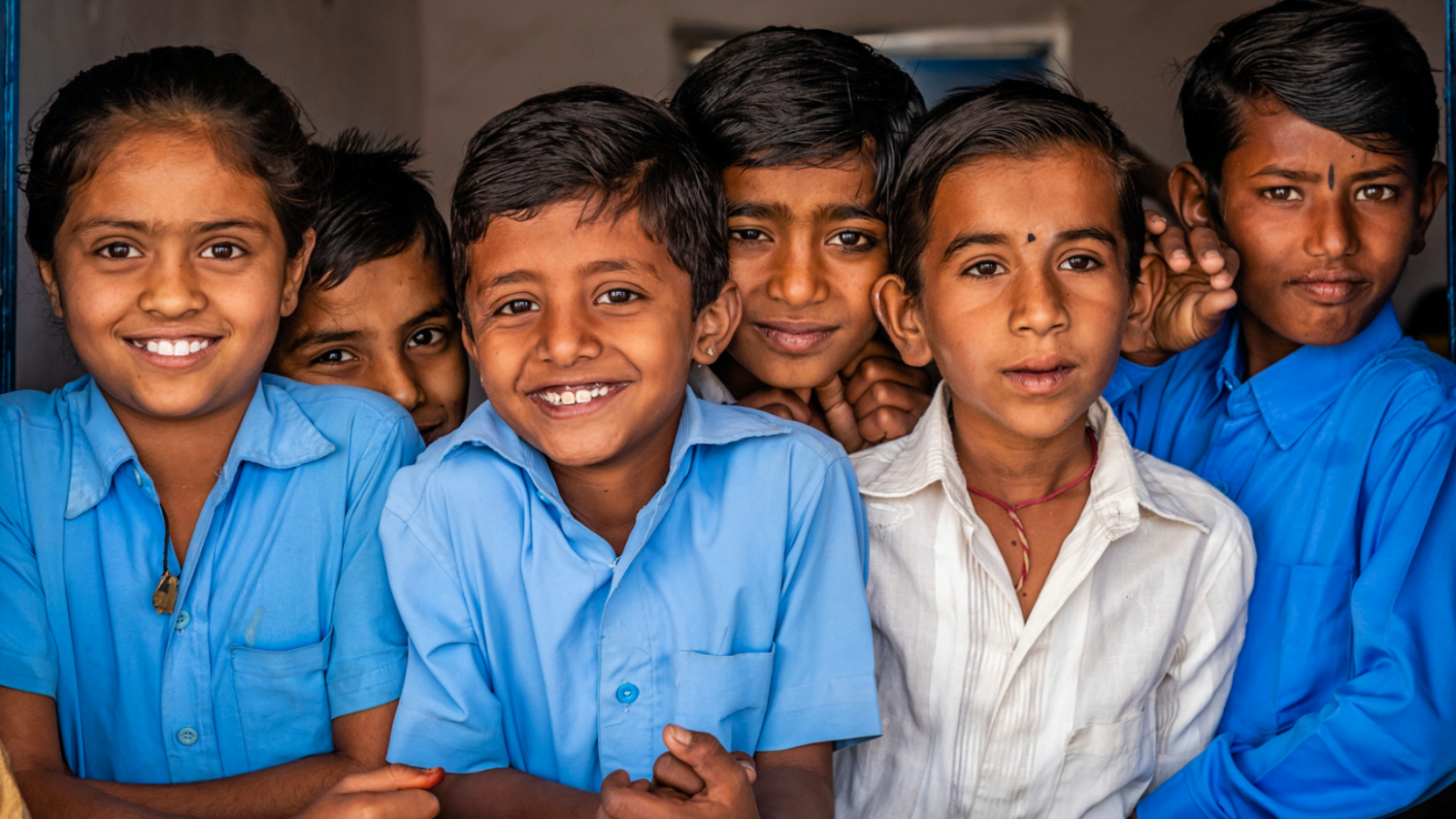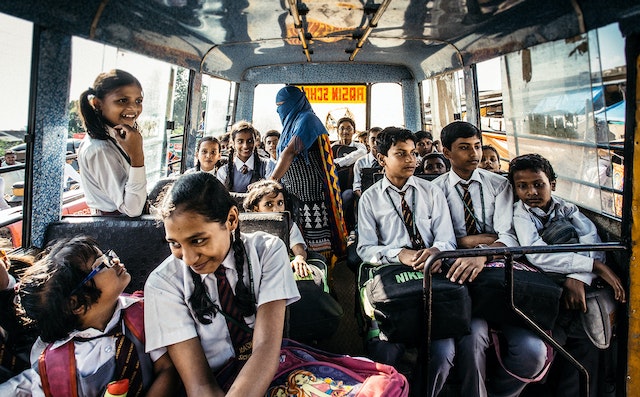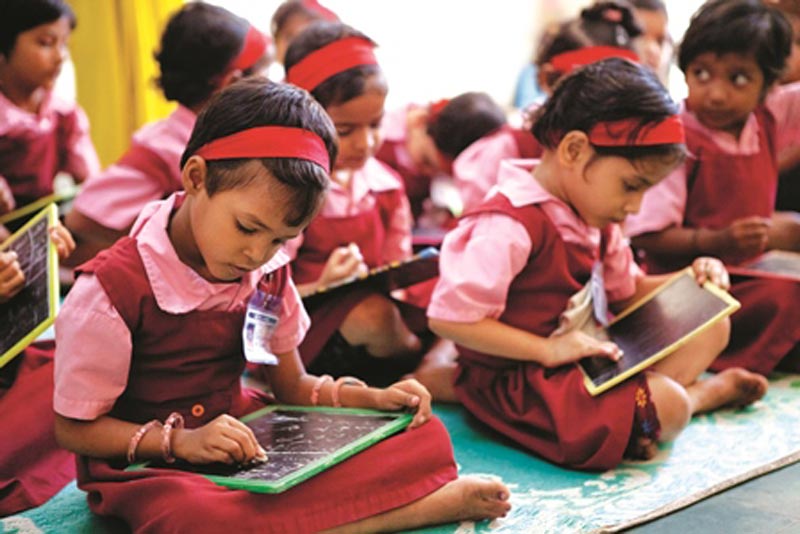
Passing the Baton: Understanding the Public-Private Partnership (PPP) Model of Pre-Primary Education in Mumbai
A Study of the Public-Private Partnership Model of Primary Education run by the Education Department of the MCGM, specifically the delivery of Early Childhood Education
Introduction and Context
Public-Private Partnerships (PPPs) have been advertised as improving the quality of education delivered, by compensating for the low investment capabilities and lack of State capacity in education. In India, PPPs operate as one of the service providers of Early Childhood Education (“ECE”) alongside government pre-primary grades, Anganwadi Centres (“AWCs”), and standalone private pre-schools.
However, some educationists and legal policy researchers disregard PPPs, especially where more complex partnerships shift the responsibility of delivering education from the State to private partners. Such opposition is on grounds that the State has a legal obligation to provide education to its children and the concern that PPPs might adversely impact equitable access to schooling through increased commercialisation and privatisation of education provisioning.
This report studies the PPP model run by the Education Department of the Municipal Corporation of Greater Mumbai (“MCGM”) in partnership with NGOs or ‘social organisations’, for the delivery of ECE through ‘balwadis’. It investigates this model through the lens of multiple stakeholders – teachers, parents and the organisations tasked with its operation. The report analyzes policies and legal contracts governing the implementation of this model, with the rights of the child at its centre.
Description of the Model
The Education Department of the MCGM runs a PPP balwadi model (“balwadi model”) wherein social organisations (NGOs, Trusts, or companies contributing through CSR funds) run balwadis within MCGM school buildings. Since its inception in 2007, multiple balwadis under different organisations have opened and MCGM’s financial contribution for their functioning has also grown. The last tender for the running of balwadis was released in 2018, marking the most recent form of MCGM’s partnership with 25 organisations currently running balwadis within MCGM schools. It is important to note here that the Education Department of the MCGM does not have the mandate to provide ECE. This mandate vests with the MCGM’s Woman and Child Welfare Committee.
| Division of Responsibilities under the balwadi model | |
|---|---|
| MCGM | Organizations running balwadis |
| Provision of infrastructure and facilities to organisations which includes providing rent free classrooms in existing MCGM schools and facilities including access to electricity, water, and toilets present. | Human Resource Management which includes recruitment of balwadi teachers and helpers, as per qualification criteria specified by MCGM and timely payment of balwadi staff honorariums. |
| The MCGM reimburses the salary, referred to as honorarium, for school staff (balwadi teachers and helpers). Payments are transferred by the MCGM to organisations, who are then contractually obligated to pay teachers and helpers in a timely manner. | Delivery of education and curriculum however there is no mandated curriculum for use in the balwadis and the MCGM makes a curriculum for ECE available to organisations. Some organisations use the MCGM curriculum while others develop their own or use curricula of other organisations. |
| The MCGM pays a maintenance fee of INR 200 per balwadi per month, to cover expenses such as the purchase of chalks, dusters and other cleaning equipment. | Some miscellaneous responsibilities include maintaining classroom infrastructure, administrative work in line with the MCGM’s monitoring mechanisms, and ensuring enrolment of a minimum of 20 students to secure allotment of an MCGM classroom through a needs assessment survey. |
Positioning MCGM’s balwadi model in policy
The Education Department of the MCGM has a dedicated PPP policy for education, the MCGM’s Public Private Partnership Programmes Document (2018) (“PPP Policy” or “MCGM PPP Policy”) which defines four types of partnerships. It is the only policy framework that applies to PPPs in education within the MCGM. ‘Category i’ partnerships that are listed as ‘Full School Management with Private Partner Teachers’ are an appropriate categorisation of the balwadi model. Under this partnership, private partners are tasked with managing an existing or new MCGM school and providing free and high quality education with its own staff of teachers and school administration.
ECE, however, only finds explicit mention in this PPP Policy as a sub-point under ‘Category iii’ partnerships, which lists it as one of the ‘specific services’ that might be received through private partners. Under this partnership, private partners provide specific services relevant for improving the quality of both curricular and co-curricular education in MCGM schools such as student assessments or teacher training.
Secondly, a state-wide policy framework – the Maharashtra Policy for Early Childhood Care and Education, 2019 (“Maharashtra ECCE Policy”), published by the Women and Child Development Department, Maharashtra – introduced norms and standards to ensure accessible and quality ECE across the state under all providers. However, the measures under this policy are yet to be implemented by the state. Along similar lines, norms and standards cited in the MCGM’s PPP Policy make no reference to the Maharashtra ECCE Policy.
This lack of clarity of a policy framework governing the balwadi model leaves room for interpretation. We can interpret this PPP Policy as applicable to all PPPs run by the MCGM for the delivery of education, including ECE. Alternatively, it can be interpreted to not apply to the balwadi model, in which case there is no policy framework guiding its implementation, with only the MoU between organisations and the MCGM defining the partnership.
Analysis of MCGM’s PPP Balwadi Model for Early Childhood Education
We use the World Bank’s foundational report, ‘The Role and Impact of Public-Private Partnerships in Education’, as a framework of analysis. The report provides principles that outline considerations for the State to follow before the implementation of PPP for education, and actively promotes State adoption of the same. This study, however, takes a more neutral stance, focusing on only those aspects of the framework that place the role of the State and the rights of children to education, at the centre and, we categorise relevant principles under three broad buckets: Rationale or Goals of the program, Equity Principles, and Accountability Principles. Using this framework for analysis, we identify various design and implementation-level gaps in the model, with a possible bearing on the equity and quality of education delivered, and accountability of the State.
Principle: Rationale and Goals – The nature and extent of PPPs should be based on the State’s assessment of its role in education and the relative costs and benefits of private involvement, whether this involves education delivery, financing, or regulation. OR Mismatch in rationale and goals
Mismatch in rationale among partners raises concerns over the efficacy of the model.
- Inability of the MCGM to collect data on enrolled students, affects their ability to track retention in their balwadis or transitions to Grade 1, as per their stated objective and can also render them unable to assess incidences of inequitable access due to lack of data on socioeconomic background.
- Stakeholders’ perceptions of the model are likely to be influenced by organisations that take an altruistic or charity-based approach to education delivery, oscillating more towards the perception of ‘serving underserved communities’ than providing high-quality access to ECE.
- While it is not in the mandate of the Education Department of the MCGM to provide ECE, the MCGM itself does play a role in ensuring the provisioning of ECE through making AWCs available to students. This raises the question of whether, in the absence of this model, the MCGM could provide this space to AWCs instead and invest in building their capacity to deliver high-quality ECE rather than turning to private intervention.
Principle: Equity – The equity impact of PPPs should be a key consideration in determining the nature and extent of public and private involvement in education.
In line with the role of the State to ensure universal access to education, we gauge whether the PPP balwadi model poses challenges to equitable access to ECE by considering two aspects of the model with direct consequences for equity – criteria for student enrolment (school choice) and norms and standards defined for inputs and other entitlements offered to students.
- Unlike in the RTE Act, no provisions in the PPP Policy or MoU prevent private players from adopting exclusionary practices such as that of assessments of students and parents prior to enrollment in the future
- Disadvantaged groups such as children with disabilities, children of migrant workers face possible incidences of exclusion under this model. For instance, balwadi teachers are not trained to identify or teach students with disabilities enrolled in their balwadi.
- Both design and implementation gaps emerge while following norms and standards for inputs in education, depending on the interpretation of the applicability of the PPP Policy to this model. The PPP policy pegs itself to the RTE Act in reference to minimum standards for infrastructure and inputs, called ‘boundary constraints’. Since most provisions of the RTE Act are not applicable for pre-primary education, it is unclear whether they are applicable to the balwadi model. Further, the PPP policy does not include or cite provisions of the Maharashtra ECCE Policy, 2019.
However, the MOU, independently dictates a range of standards and norms such as teacher qualification, pupil-teacher ratio, provision of teaching-learning materials etc. but fails to provide a clear demarcation on provisioning of these services between the MCGM and the social organizations.
- With respect to provisions of the MoU, there are clear implementation gaps, especially prominent in the case of entitlements (like Mid-May Meals) to students. This might then influence school choice where only those parents who can afford out-of-pocket expenditure (such as on books or transportation) would send their children to these balwadis.
Principle: Accountability (Monitoring Mechanisms, Entry and Exit Principles, and Voice of the Stakeholders) – PPP processes should be free of corruption and subject to appropriate levels of accountability.
There appears to be a lack of clarity and transparency among partners on the exact process and parameters assessed during the renewal of MoUs of organisations. Additionally, a range of accountability and monitoring parameters mentioned in the PPP policy finds no mention and no implementation either in the MoU or in the functioning of the balwadi model.
- If we go by the PPP Policy, there is an implementation gap in this model in that learning assessments of students are not conducted or tracked, and consequently, the performance of organisations is not pegged to the stated objectives of the State
- With respect to provisions of the MoU, while it lacks transparency in describing the process and parameters of performance and renewal, it seems to be implemented in some form
- Unlike the provisions stated in the PPP policy, the MoU provides no clear entry or eligibility criterias for the organisations. There is a need for greater transparency in defining both entry and exit criteria in the MoU, or else implementing the same in line with the policy.
- With respect to the voice of stakeholders, as per the PPP Policy and MoU, the process of grievance redressal is ill-defined and the MoU relies in its entirety upon internal processes provided by the organisations to resolve disputes amongst teachers, students, and the organisation
- The policy and MoU state consequences of non-compliance for organisations but do not provide any clauses to hold the MCGM accountable for failing to meet their responsibilities under the agreement. This hinders accountability as the same agencies of the MCGM play roles of the purchaser of services and provider of resources in fulfillment of obligations to the partnership, and the organisations have little power to negotiate against incidences of non-compliance by the State.
Conclusion and Suggestions
The findings of this report and evidence from studies on the success of PPPs globally highlight the imperative need for the State to adopt a robust policy framework to guide the implementation of PPPs for education.
- The rationale for PPPs must be clearly stated both in the ECE policy and MoUs for partners
- Remove barriers to education to ensure equitable access, especially for children with disabilities and disadvantaged groups
- Set uniform Norms and Standards for ECCE services
- Comprehensive monitoring mechanisms, including third party evaluations of organisations’ performance
- Entry and exit criteria should be linked to fulfillment of administrative obligations as well as assessment of the quality of performance of the organisations
- Processes under the balwadi model should be made transparent, including by ensuring public availability of requisite information such as policy and tender documents
- Provide space for the voice of teachers and parents to ensure accountability on the part of MCGM
- Clearly state all obligations of organisations and MCGM in MoUs to ensure awareness of all parties to a partnership
Read the executive summary.

